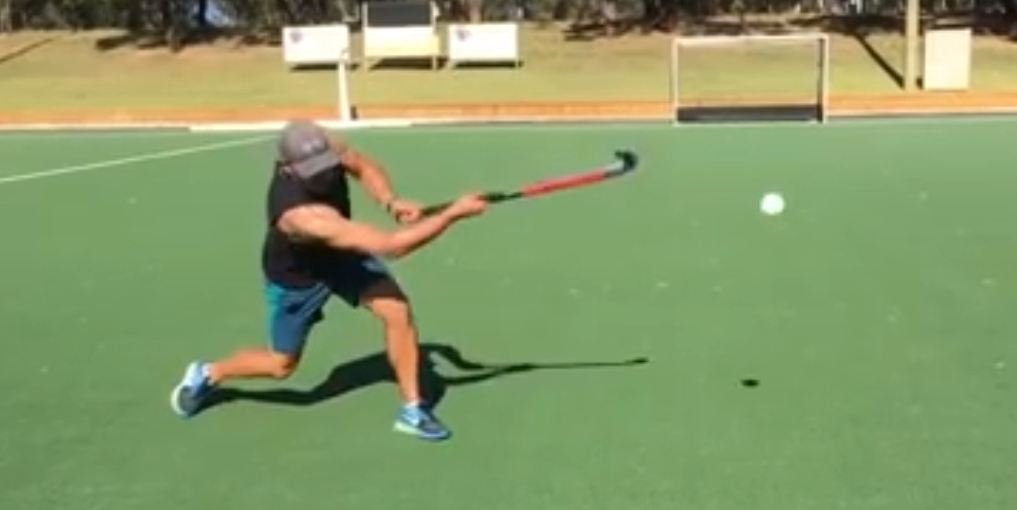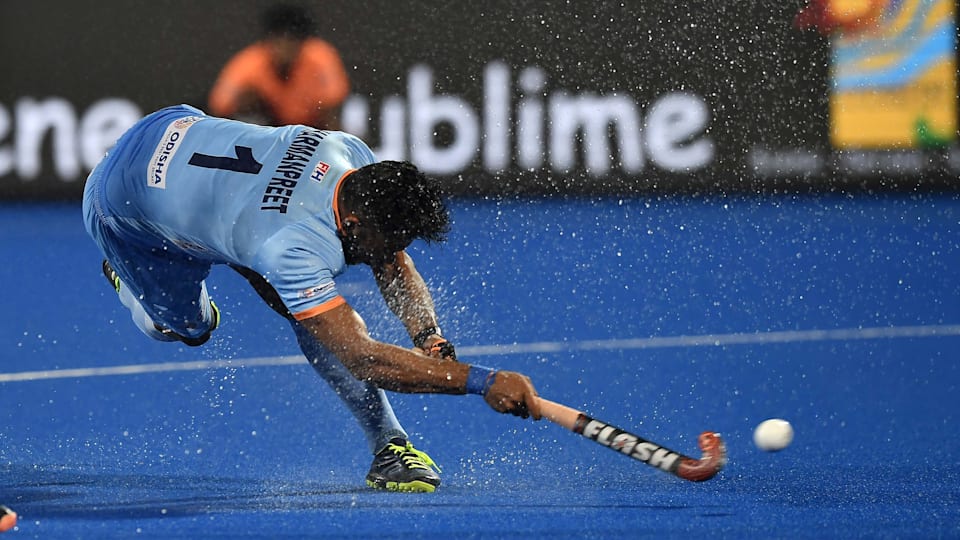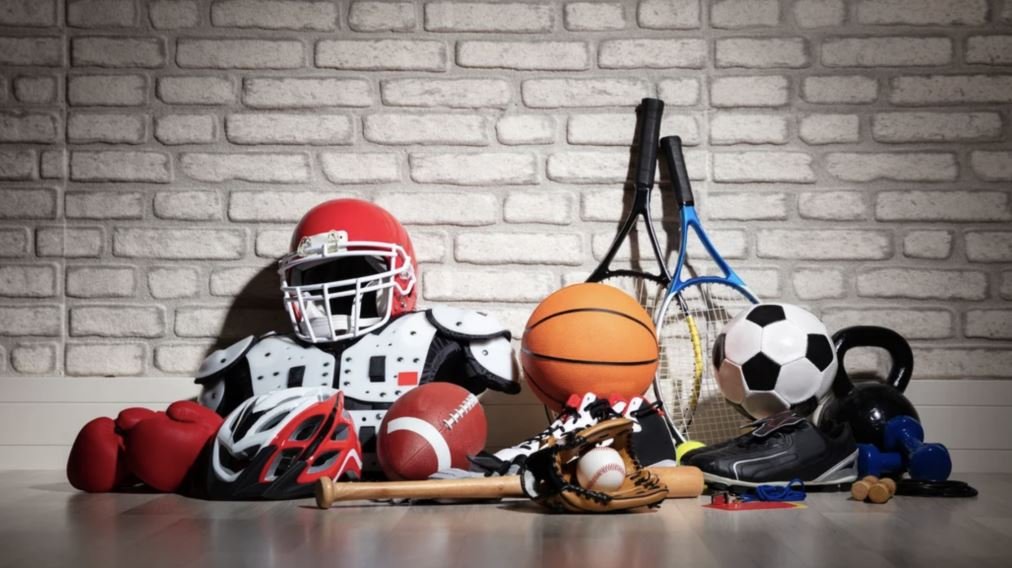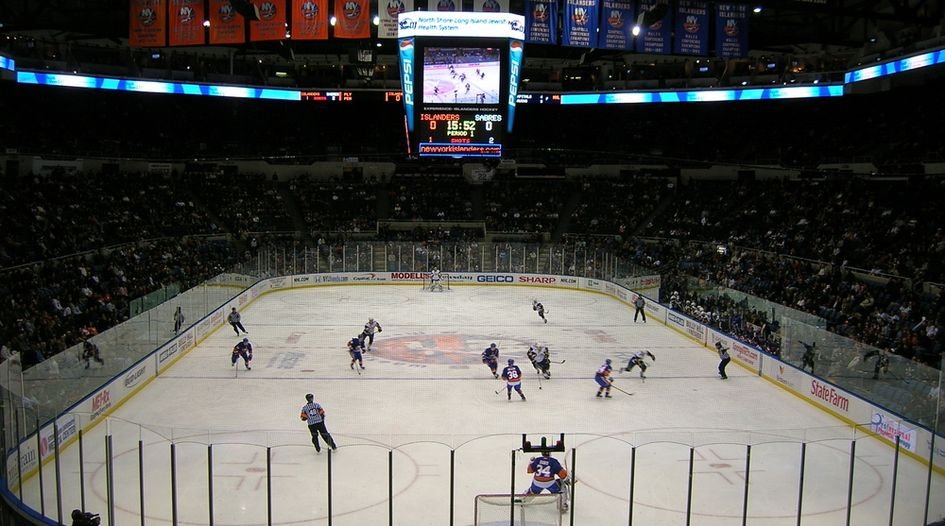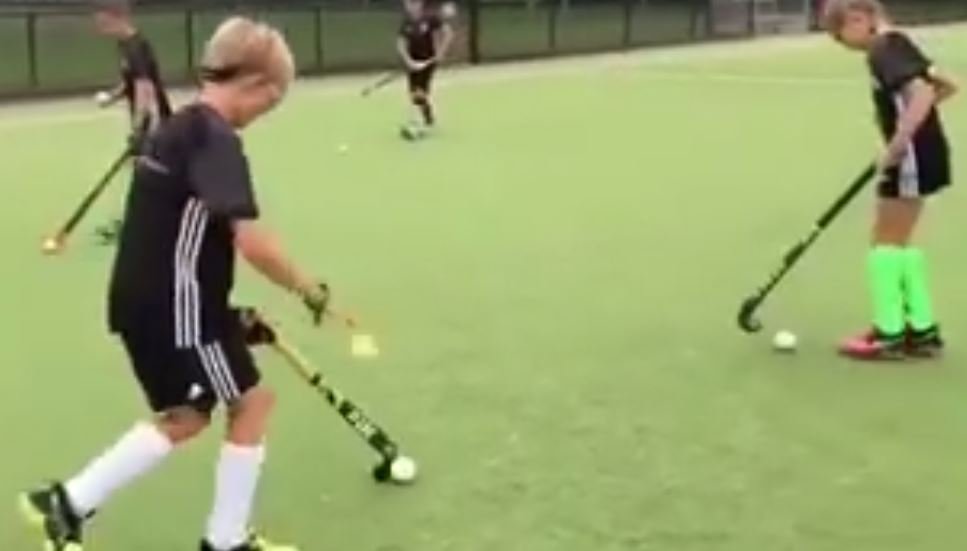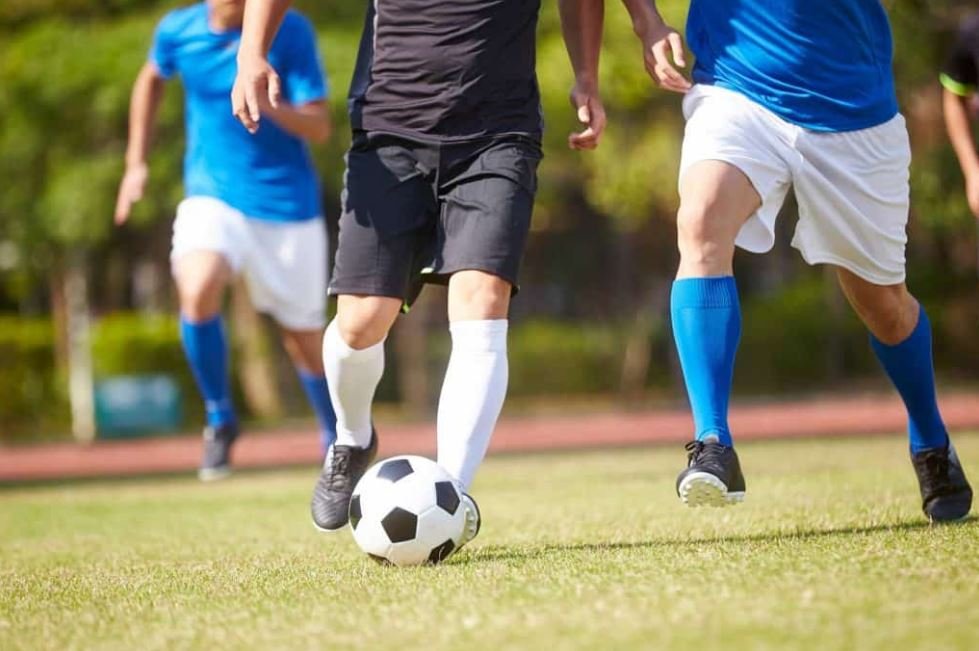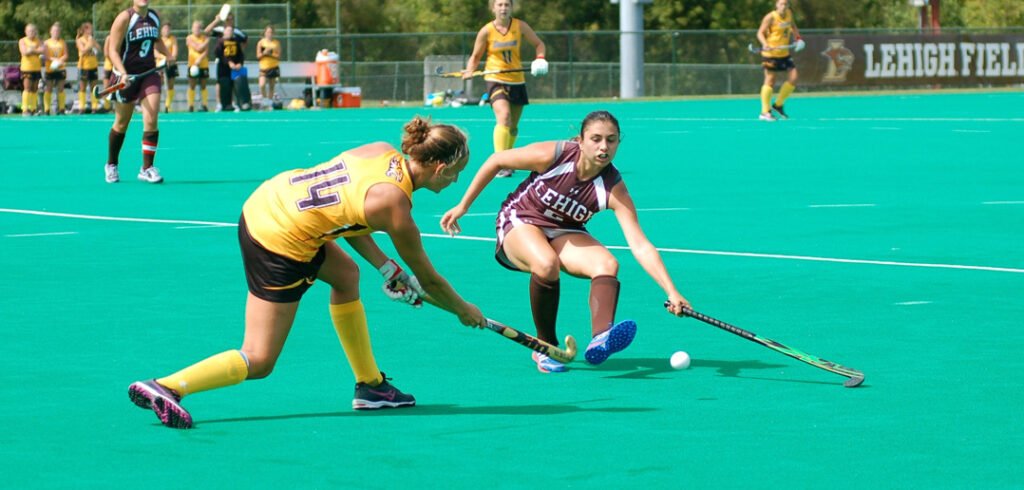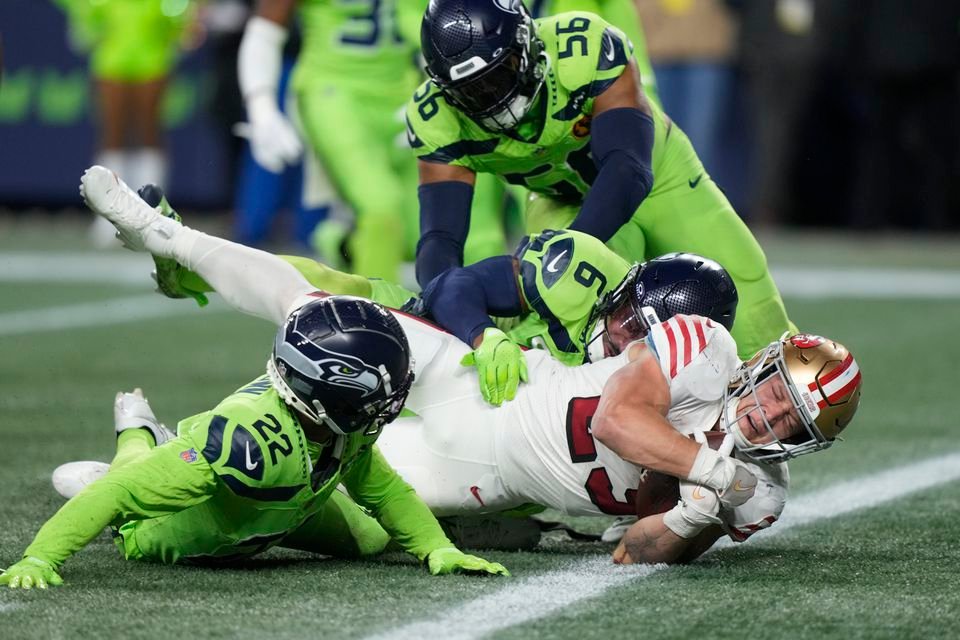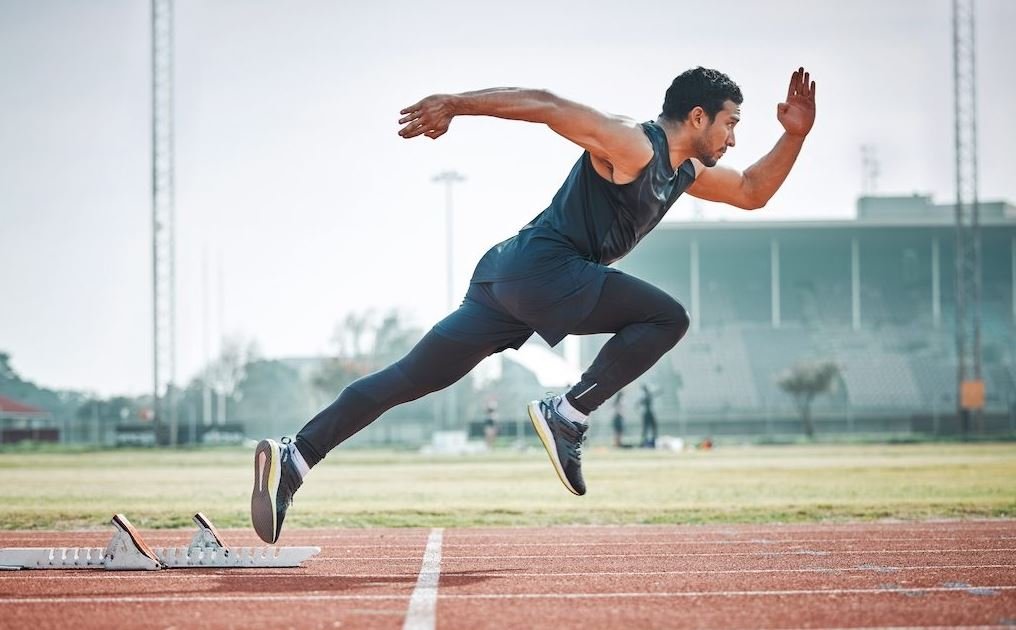As an avid field hockey player or enthusiast, you might have come across various techniques that players use to maneuver the ball and outsmart their opponents.
One such technique that often sparks curiosity is the flick. So, can you flick the ball in field hockey? Let’s delve into the intricacies of this skillful move and understand its role in the game.
Overview of Flicking the Ball in Field Hockey

Flicking the ball in field hockey is a dynamic and versatile skill that can be a game-changer when executed correctly. It involves propelling the ball into the air with a quick, wristy motion, using the stick to generate lift and speed. This technique is not only visually impressive but also serves practical purposes on the field, such as bypassing defenders or executing penalty corners.
Can You Flick the Ball in Field Hockey?
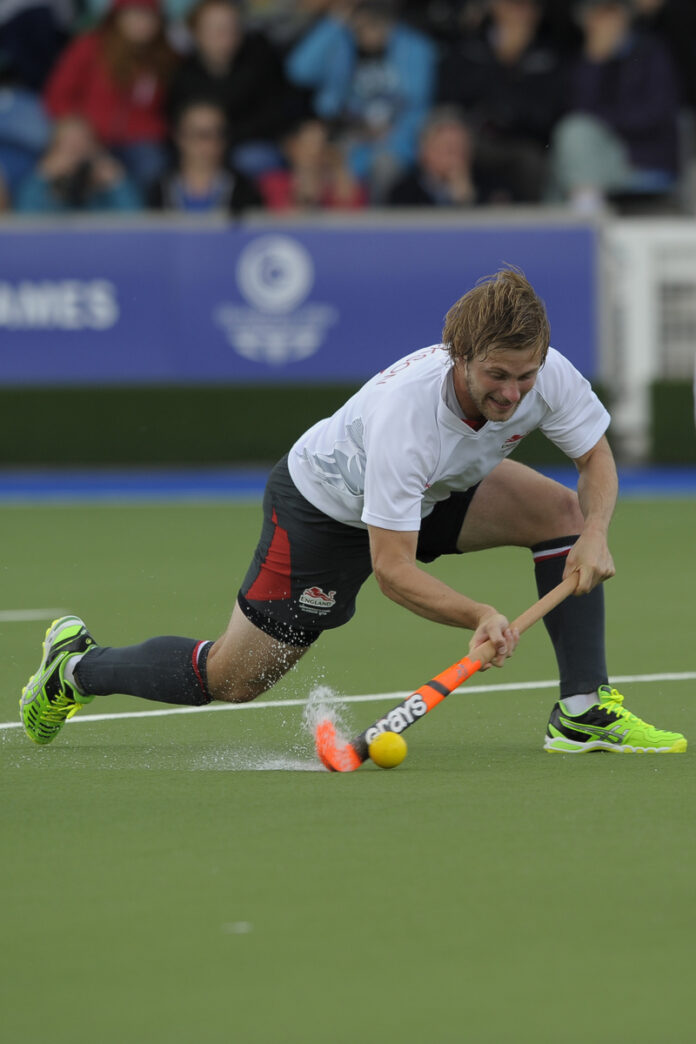
Understanding the Flicking Technique
The flicking technique in field hockey is a fundamental skill that players at all levels strive to master. It requires a combination of timing, precision, and control. To perform a flick, you grip the stick with both hands, align the head of the stick behind the ball, and then use a swift upward motion of the wrists to lift the ball off the ground. The key is to maintain a fluid motion to ensure the ball’s trajectory is accurate and controlled.
When Flicking the Ball is Allowed
In field hockey, flicking the ball is permitted under specific circumstances. Players often use the flick during penalty corners to shoot at the goal, or to make aerial passes over longer distances. However, it’s crucial to flick the ball safely, without endangering other players. Umpires will closely monitor flicks to ensure they are executed within the rules of the game.
Penalties for Illegal Flicking
While flicking is a legal move, there are instances when it can lead to penalties. If a flick is deemed dangerous, such as being raised towards an opponent in a way that could cause injury, the umpire may award a free hit to the opposing team. It’s essential to practice flicking with the safety of fellow players in mind to avoid these penalties.
Benefits and Drawbacks of Flicking the Ball
Advantages of Using the Flicking Technique
- Surprise Element: A well-timed flick can catch the opposition off-guard, creating scoring opportunities.
- Overcoming Obstacles: Flicking allows players to lift the ball over defenders’ sticks or even over a group of players.
- Speed and Precision: When executed correctly, flicks can be both fast and accurate, making them difficult for goalkeepers to predict and defend.
Potential Disadvantages of Flicking the Ball
- Risk of Turnover: A misfired flick can easily lead to a loss of possession, especially if the ball is intercepted by an opponent.
- Penalty Risk: If deemed dangerous, flicking can result in penalties, putting your team at a disadvantage.
- Technical Difficulty: Flicking requires practice and skill, and without proper technique, it can be ineffective.
Tips for Improving Your Flicking Skills
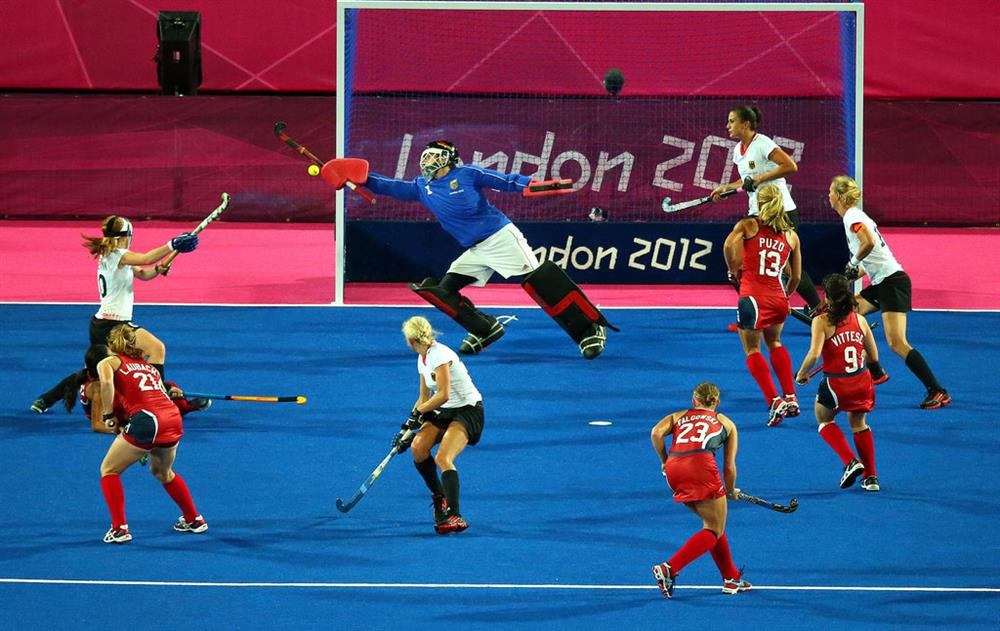
Improving your flicking skills in field hockey involves practice and understanding the mechanics of the move. Start by working on your wrist strength and flexibility, as these are crucial for generating power and lift. Practice flicking from a stationary position before progressing to moving flicks. Additionally, work with a coach or experienced player to refine your technique and ensure you’re flicking the ball safely and effectively.
Conclusion

In conclusion, flicking the ball is a legal and valuable skill in field hockey when performed within the rules and with consideration for safety. It offers several tactical advantages but also comes with its set of challenges. By practicing and perfecting your flicking technique, you can enhance your gameplay and contribute more significantly to your team’s success on the field. Remember, like any skill in sports, flicking requires dedication and practice to master, so keep at it, and you’ll see the results on the pitch.
FAQ
-
Can you kick the ball in field hockey?
A field player is not allowed to intentionally stop, kick, propel, pick up, throw or carry the ball with any part of her body. Free hit. A free hit is awarded when a rules violation is committed outside the scoring circles.
-
What is a flick pass in field hockey?
The flick is an important movement in field hockey, in which a player shoots or “flicks” the ball by elevating it with their stick. It’s a player’s move to shoot penalties, but it’s also very useful in normal gameplay.
-
Is flicking a skill in hockey?
Drag flicking is a key action in hockey, and is a huge goal-scoring threat. Given the high percentage of goals scored from penalty corners, improving this skill is extremely valuable.
-
What is a drag flick in hockey?
Drag flicking is a scoring technique in the sport of field hockey. It was first seen in the late 1980s in Australia. It is used as an attacking technique, mainly within penalty corner involving two main components known as the scoop and flick.
